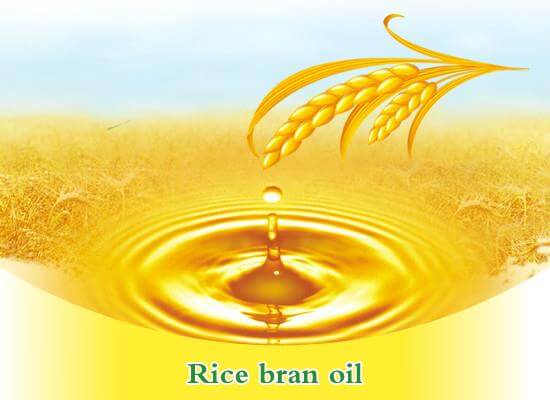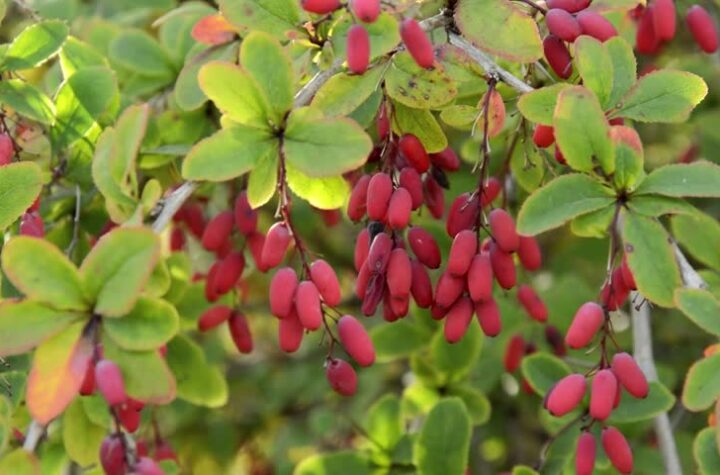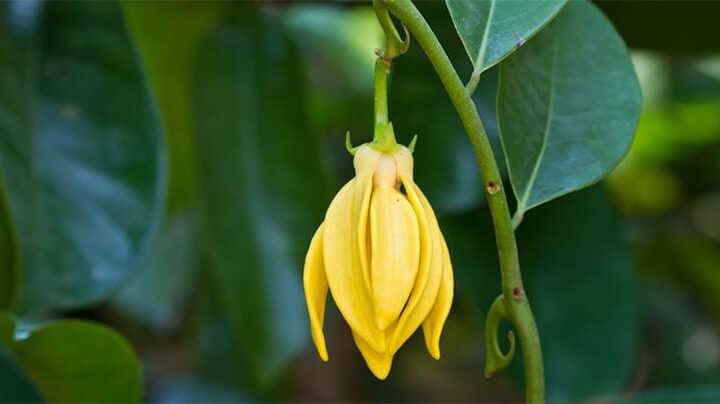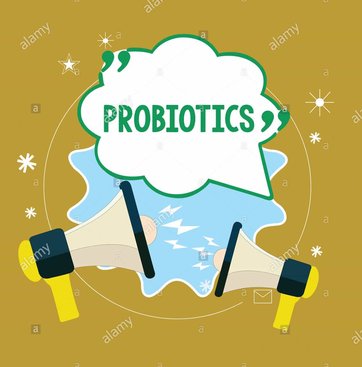
Prolapse
Table of Contents
The cow does a spectacular job in pushing out a calf during labor. When we talk about how much force it exerts to push it outward, it is quite high. Occasionally, they don’t limit that pushing activity to calving alone — this causes a prolapse, a situation where tissue from the inside of the cow is pushed outside. It, if not treated immediately, may lead to cow death. This makes knowing which type of prolapse your cow has and how soon it needs to be fixed critical. Most of its cases occur because the farmer doesn’t feed animals properly. At the time of the pregnancy, the cow needs proper management for its nutritional needs. It may also lead to repeater problem.
Types of prolapse:
Whatever is the type of it, once it has been corrected, the long-term status of the cow in the herd needs to be addressed.
Uterine prolapse:
Most problematic type of prolapse of the cow is uterine prolapse which occurs at the time of calving. Complete uterine prolapse is life-threatening for the cow which needs to be cleaned and reinserted as quickly as possible. If a cow has prolapse before she has calved, it cannot be uterine prolapse. The longer exposed to the environment, the more difficult it has to pull inside the body of the cow. If you feel uncomfortable to replace it on your own, call the veterinarian immediately for the help. It needs to be addressed immediately because running along both sides of the uterus are the uterine arteries which are major arteries. When this problem has occurred, these arteries are easily compromised. If torn, the cow will bleed out in the few minutes. We consider it on a case-by-case basis as this condition is not genetic but traumatic.
Vaginal prolapse:
The most common cow prolapse, vaginal prolapse has a lower fatality rate. Vaginal prolapse mostly occurs in the second half of the gestation as the strain of the cow increases. It also happens after 48 hours or more hours after the calving. Vaginal prolapse should be addressed within 12 hours of being identified. While they are not the same level of emergency as uterine prolapse, it is easier to replace when fresh. Vaginal prolapse doesn’t cause an immediate threat to the life of the cow. It is simple as the cause of it is usually genetic, and the cow needs to cull after he weans her calf.
Rectal Prolapse:
While it is more common to see in feedlot steers on finishing diet but they can also occur in cows. In this case, the cow that has been pushing against a vaginal prolapse will cause enough strain to push her rectum out. Like a vaginal prolapse, it doesn’t push immediate threat to the life of the cow. But you should need to be treated within 12 hours. It, if do not come with vaginal prolapse, should not cause future problems and those cows stay in the herd. But if rectal and vaginal prolapse occurs in conjunction then that animals can’t be put into the herd.
Causes of prolapse:
- The continuous use of the oxytocin injection also causes it.
- Deficiency of calcium and poor uterine tonic during pregnancy may cause it in the cows. Cow’s 60 to 65% calcium is used in the formation of calf muscle and body. The remaining calcium we took out in the form of milk. Therefore, the cow needs more calcium at the time of pregnancy. If we can’t feed the required calcium to animals, it may lead to this problem because muscle supporting uterus remains weak.
- Retained placenta
- If an older cow has overweight and malnutrition problem, then it may cause prolapse in the cows.
Treatment of prolapse:
Before using all these herbs as a medication, first, clean the uterus and put it inside the animal. You can take veterinarian doctor help for this if you are inexperienced.
Ashwagandha Arista:
We mainly use it to cure uterus prolapse in women. We can use it for this problem in the animals. Use ashwagandha arista instead of ashwagandha because we prepare it from the ashwagandha which may cause a heating problem around the region of the uterus. But give it to animals only one hour after grazing or giving other feedstuff and don’t provide water to animals for at least two hours after giving this medicine.
Ashoka arista:
When blood comes from the cow uterus portion alongside it then Ashoka arista is very helpful to stop it. Give it to animals 30 minutes after giving ashwagandha arista.
Pistacia Lentiscus:
Rumi mastegi or Mastic Gum is the other names of it. It is one of the best Ayurvedic herbs that have maximum power to retain uterus at his normal position. If we give it to bull, it will significantly improve the quality of semen which facilitates in better breeding of cow/cattle.
Satyanashi herb:
Take 250 gram of satyanashi herb and make its powder. After this, mix its powder with jaggery (Gur) and give it to animals who are showing this problem. Satyanashi herb has great binding power which if jaggery makes it perfect for these cases.
Conclusion:
These are some of the herbs which help in curing this problem in the animals. But ultimates solution to avoid prolapse problem is by feed which cannot be supplemented by any other means. When pregnancy of the cow reaches it 7 months then start giving it more calcium, phosphorus and quality feed containing all mineral in the appropriate quantity. Except for all the herbs that I mentioned on this page, there is medicine name Dr. BSK Electrovet prolapse cure which is a great medicine personally used by me. You may try it.




More Stories
All you need to know about rice bran oil
12 medically proven health benefits of Berberis vulgaris
Ylang Ylang essential oil: Benefits, Uses, & Side Effects